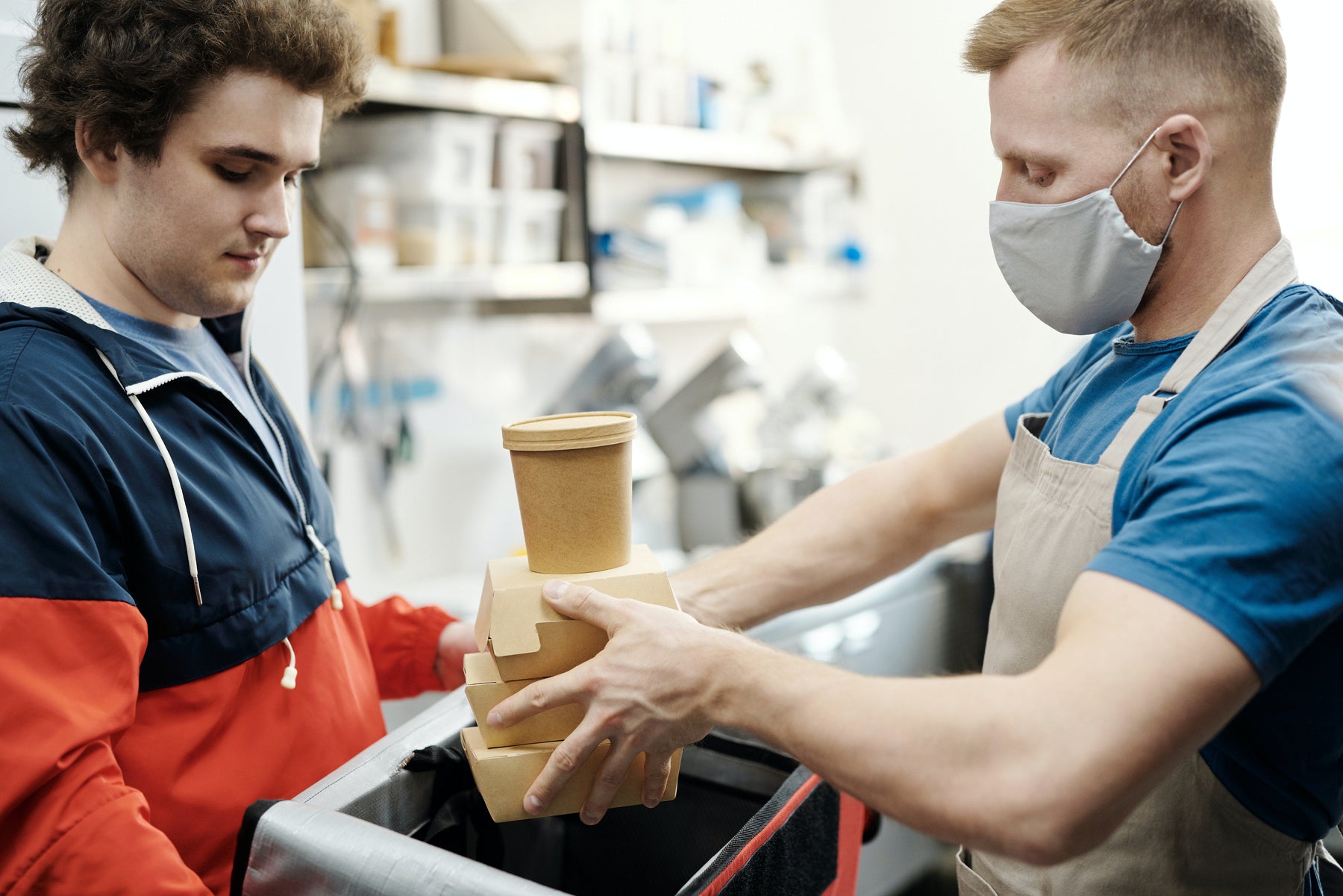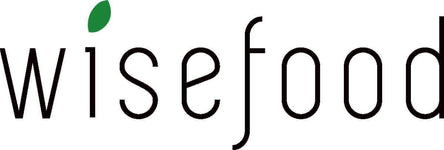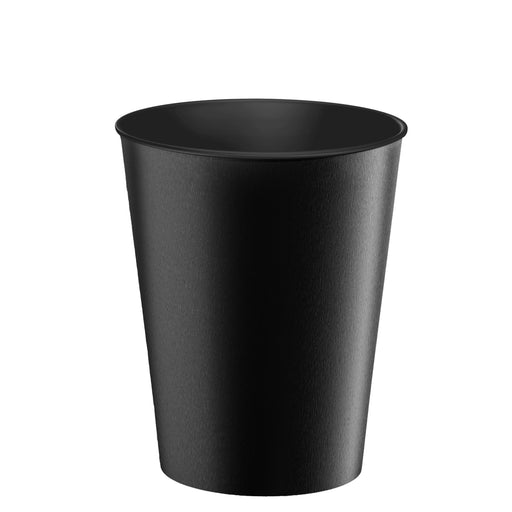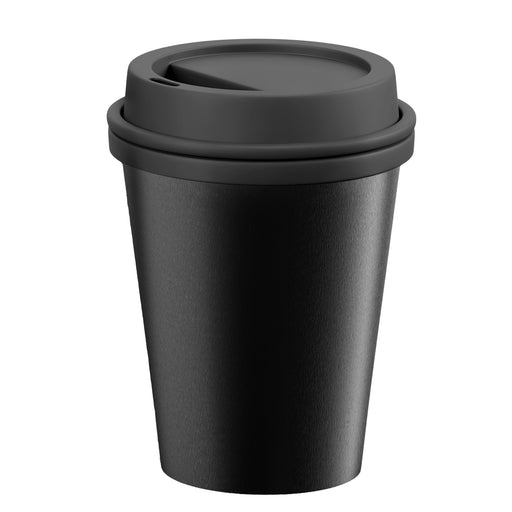Support:
+49 (0) 89 24418362

The mark for food safety
Food is an indispensable part of our daily life. Food safety is therefore all the more important, in which the glass and fork symbol plays an important role.
Whatever comes into contact with food must be safe. Consumers should be able to easily identify whether a package or item is safe for food contact. There is a clear sign for this: the glass and fork symbol . It is now firmly anchored in the food chain and is confirmation that the material used is harmless to health . A description of the specific intended use or the statement "For food contact" also certify the food safety.
What does "food safe" actually mean?
Every material that is used in the manufacture or packaging of food must meet certain requirements according to the legislator. Above all, it must be non-toxic and not unacceptably alter the smell or taste of the food that comes into contact with it. Any migration, i.e. any transition from the material to the food, must be ruled out. If a material meets these requirements, it is considered to be food safe in the meaning of the legislator.Legal regulations relating to food-safe substances
All these requirements are meticulously regulated by the legislature. The basis for this is a regulation passed by the EU in 2004 - the so-called framework regulation (EC) No. 1935/2004 on "materials and objects intended to come into contact with food". This regulation is still in place valid.According to this ordinance, as a precautionary measure, it is forbidden for substances to migrate from objects to food. However, if such a transition is technologically unavoidable, it must be ensured that these substances are not dangerous.
Article 3 of this regulation therefore states that components of objects and materials may only migrate to food to such an extent that there is no health risk. As a restriction, the legislator stipulates that the use of the materials is "normal" and "foreseeable". This is not the case, for example, if you use a plastic fork as barbecue utensils.
The regulation also stipulates that contact must not lead to an "unacceptable" change in a food. The smell and taste must not change as a result.
The manufacturer of packaging is obliged to ensure that its products meet these legal requirements. However, its materials do not have to go through a special approval process that tests and proves safe contact with food in order to receive a food-safe mark.
Which sign stands for food safety?
There is a symbol for materials that are suitable for contact with food that is valid throughout the EU: the glass and fork symbol. Bread boxes, spatulas and much more with this symbol do not emit any harmful substances into food if they are used correctly. Alternatively, the statement "for food contact" is permissible or the specific purpose for objects intended for contact with food.The information must appear on the item itself or on its packaging or labels. If this is not possible, for example because the space is not sufficient, then an external advertisement can provide information. This must be clearly visible to the consumer and in the immediate vicinity of the item.
For household items that are clearly intended for food contact, the glass and fork symbol or the wording "For food contact" is not mandatory. These are items such as a tablespoon or a teapot , where common sense clearly says that you need this for groceries.Crockery can have this symbol, but it is not a must and does not appear consistently in many private households.
The glass and fork symbol, which can be found on kitchen utensils throughout the EU, is just one of many symbols that designate and characterize other product properties. The symbol “dishwasher safe” is often found on kitchen utensils. The glass and fork symbol is sometimes confused with it, which can have fatal consequences. Because the food safety of an object is no indication of its heat stability, for example if it gets hotter than 60 degrees Celsius in the dishwasher.
FAQ
In which regions is the "Food Safe Symbol", i.e. the duo of wine glass and fork, used?
Glass and fork mark materials that are suitable for contact with food not only in the EU but also internationally. It is also used in North America and Asia. The testing authorities such as the ESFA (European Food Safety Authority) regularly check substances that come into contact with food for their compatibility. The corresponding legal standards are then built on this basis. In the USA, the US Food and Drug Administration (FDA) is responsible for this review.
What does it mean when gloves are marked with the glass fork symbol?
Sometimes you can also see the glass and fork symbol on gloves. It shows that they are approved and certified for handling food. They do not affect them and do not pose a health risk.
What about food authenticity if, for example, eggs are marked directly?
Fresh food such as eggs, cheese rind or fruit may only be marked directly with food-safe materials. The food producers have developed special solutions for this that comply with the EU framework regulation. Special inkjet printers work with harmless ink, which may only contain colors and food additives approved by the EU.
Are laser markings food safe?
Laser inscriptions for food are considered food-safe according to the legislator's standard. Graphics and text are lasered onto fruit, vegetables and especially baked goods at lightning speed. This does not change the taste, smell or appearance of the food. There are no other negative effects either.
Which food-safe plastics are there?
The most popular food grade plastic in polyethylene terephthalate (PET). It is known and widely used by consumers primarily because of its use in PET bottles. It is often used in the food industry thanks to its high transparency and colorlessness. The compound acetaldehyde is formed during the manufacture of PET products. It can migrate to the food in very small amounts, slightly altering the taste. Depending on the type of plastic, there are individual limit values for this transfer to food. The limit values are intended to limit possible migration to what we eat in such a way that there are no health risks.
How is food authenticity checked?
The supervisory authorities of the federal states are responsible for the controls of food authenticity. They continuously check food for substances that come from contact materials. The test includes chemicals that are harmful to health, such as formaldehyde or plasticizers in lid sealants. Sensory tests provide the first indications of possible undesirable substances when there are changes in smell and taste. This can be done very easily, for example by the examiner tasting water from a plastic beverage bottle. This first test is followed by precise chemical-physical analyses.
Is glass food safe?
Glass is actually very good, if not perfect, when it comes to food safety. It is odourless, gas-tight and tasteless and does not interact with other substances. Above all, it does not emit any harmful substances and is therefore the ideal packaging for food from a health point of view.
Sources:
https://www.verbraucherzentrale.de/wissen/lebensmittel/lebensmittelproduktion/kennzeichung-von-instrumente-die-mit-lebensmittel-in-beruehrung-kommen-7565
https://www.interpack.de/de/TIGHTLY_PACKED/NEWS/NAHRUNGSMITTELVERPACKUNGEN/News/Verpackungssymbole,_Teil_1_LebensmittelSicherheit
https://www.ox-on.de/de-de/essentials/gloves/certifications-and-symbols
https://www.lebensmittelverarbeitung-online.de/produkte/lebensmittelechte-kennzeichung-mit-tinte-laser-und-zettel
https://www.bfr.bund.de/de/presseinformation/2013/A/materials_im_kontakt_mit_lebensmittel-9178.html
-
Product title
Original priceOriginal price €19,99€19,99€16,80Current price €19,99 -
Product title
Original priceOriginal price €19,99€19,99€16,80Current price €19,99 -
Product title
Original priceOriginal price €19,99€19,99€16,80Current price €19,99 -
Product title
Original priceOriginal price €19,99€19,99€16,80Current price €19,99 -
Product title
Original priceOriginal price €19,99€19,99€16,80Current price €19,99







